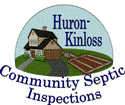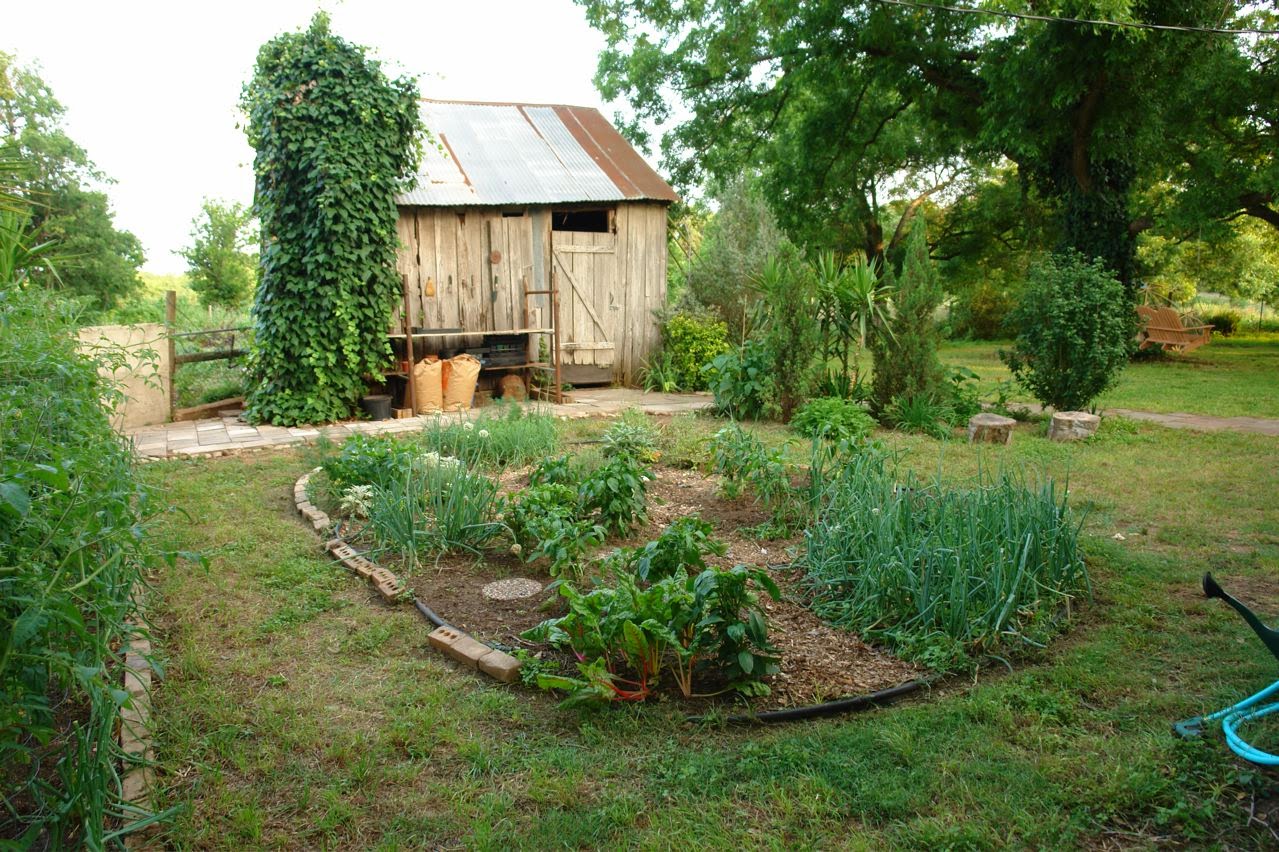However, a building permit is required whether it is the property owner or a qualified installer doing the installation. A permit is required to construct, repair or demolish a sewage sytem.
A permit is not required for a Class 1 System (incinerating toilet, self-contained portable toilet, and all forms of privy including a portable privy, an earth privy, a privy vault and a composting toilet system). However, if a property owner wants to install a Class 1 System combined with a "grey water system" known as a Class 2 System - a permit must be applied for the grey water system.
You need to know the following to complete the permit application which is available online on the Township of Huron-Kinloss website http://www.huronkinloss.com/public_docs/documents/Building_Permit_2012_Part_8.pdf
or you can receive a hard copy at the Township Municipal office in Ripley, Ontario.
STEP 1
What are you going to build? Hydraulic load for plumbing fixtures, floor area and the number of bedrooms are used to calculate the daily design sewage flows. Complete the "Design Calculations".
STEP 2
What is your site like and can it absorb sewage or will it require fill? A test hole to a depth of 1.5 m is required in the area of the leaching pit or the leaching bed. Stop digging if you encounter impermeable soils.
Complete the Property Soil Profile and Percolation Rate (T) description contained on the 2nd page of the "Design Calculations." If you have clay soils you may need to complete the Contact Area Calculation as well. This determines the amount of property to be filled for the leaching bed plus the mantle area.
STEP 3
You will then need to complete the calculation for A) the septic tank and B) the leaching bed or filter bed or C) the leaching pit or D) the holding tank.
STEP 4
After completing the design calculations you need to transfer the calculations to the "Design Layout" form and provide a sketch of the layout of the proposed system including a side profile if the system is elevated. Include information relating to your water supply and your neighbours water supply.
STEP 5
Complete the standard "Application for a Permit to Construct or Demolish" under the Ontario Building Code. In addition, you will need to complete Schedules 1 & 2 if the designer and the installer are not the owner.
If you experience difficulty with the process you may wish to contact a sewage system installer who is qualified to design your system.
NOTE:
The Municipality only issues permits for sewage systems of less than 10, 000 litres of daily design sewage flow. Systems larger than 10, 000 litres are the responsibility of the Ministry of Environment.
The Inspector will need to carry out a preliminary site inspection with the property owner and/or the sewage system installer. At this point a Building Permit to Construct or Demolish a Sewage System will be issued if the proposal is in compliance with the Ontario Building Code and the permit fee has been paid. Additional inspections will be carried out as the system installation progresses including verifying inground components such as the tank and leaching bed before and after it is backfilled with soil or sand. Once all of the inspection inspection conditions have been satisified then a final inspection report "Sewage System As Constructed" will be issued.








